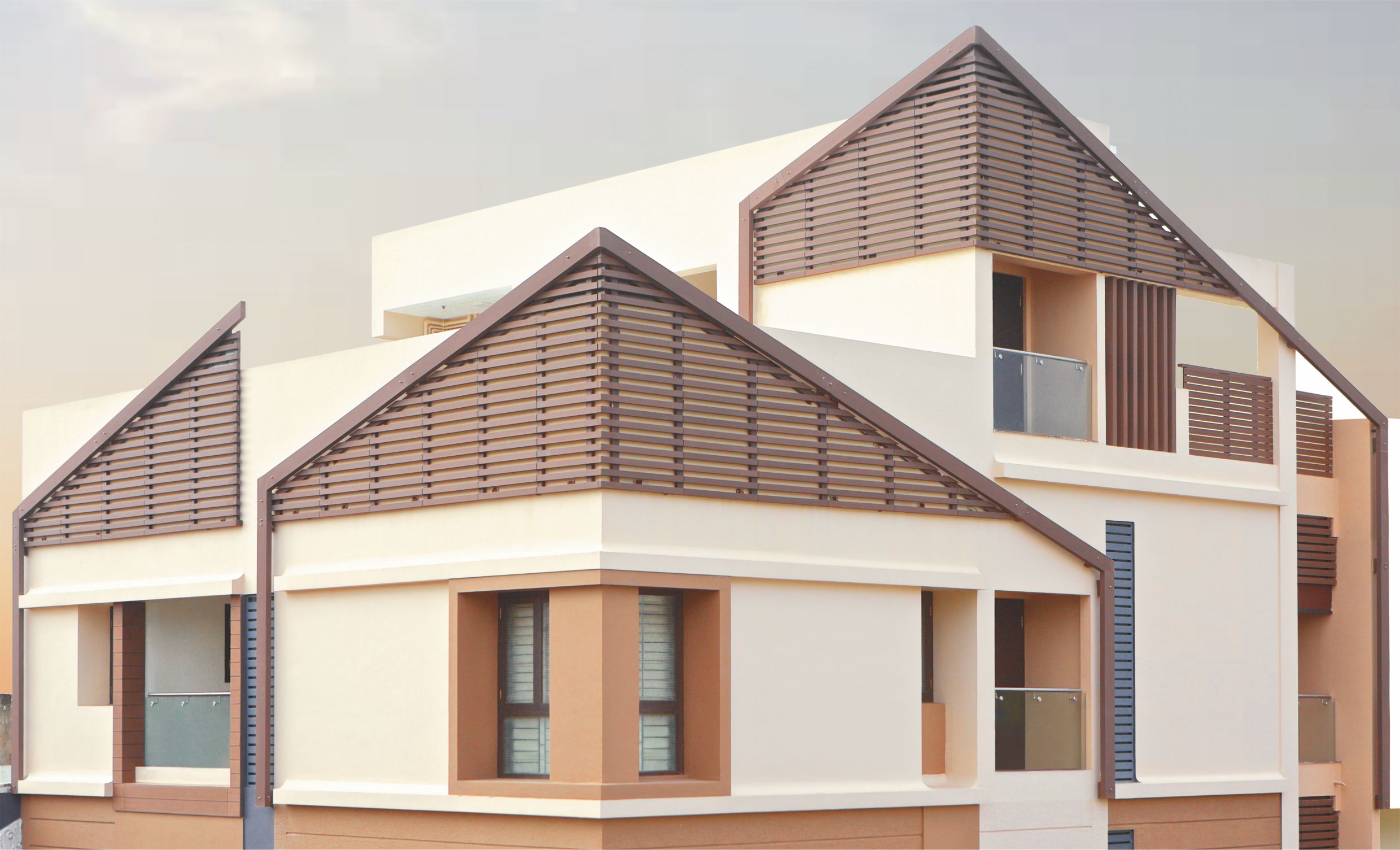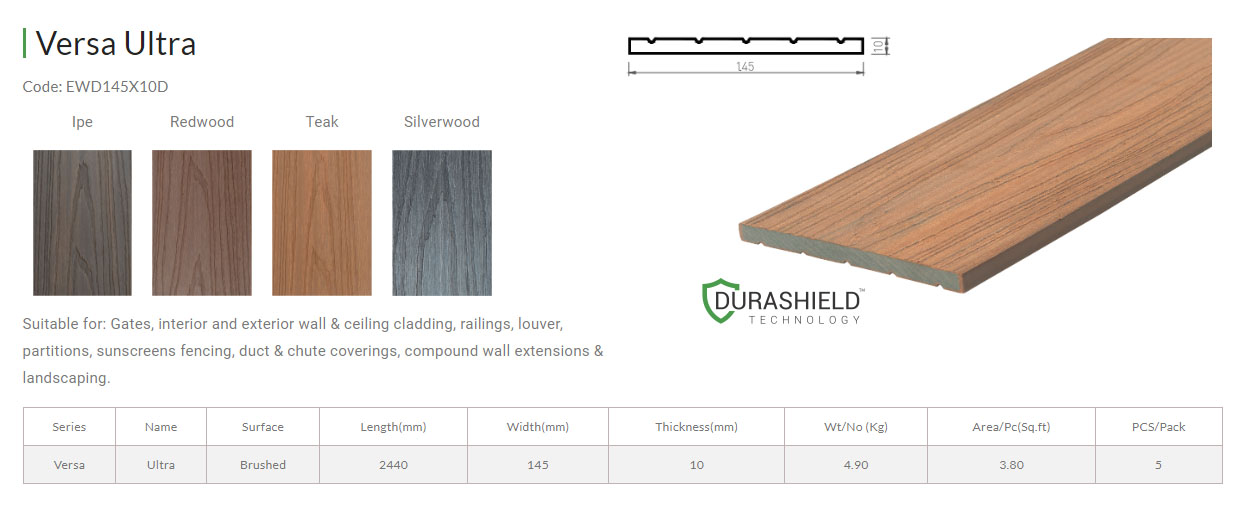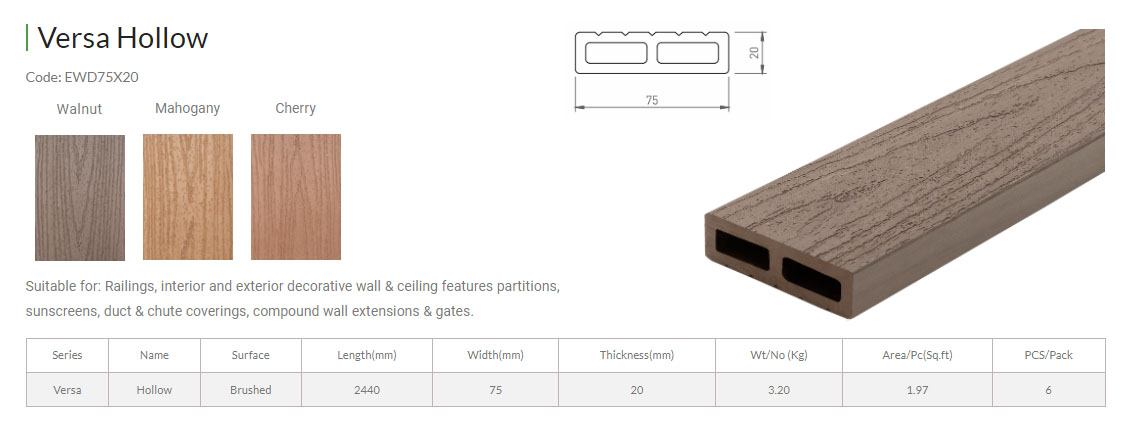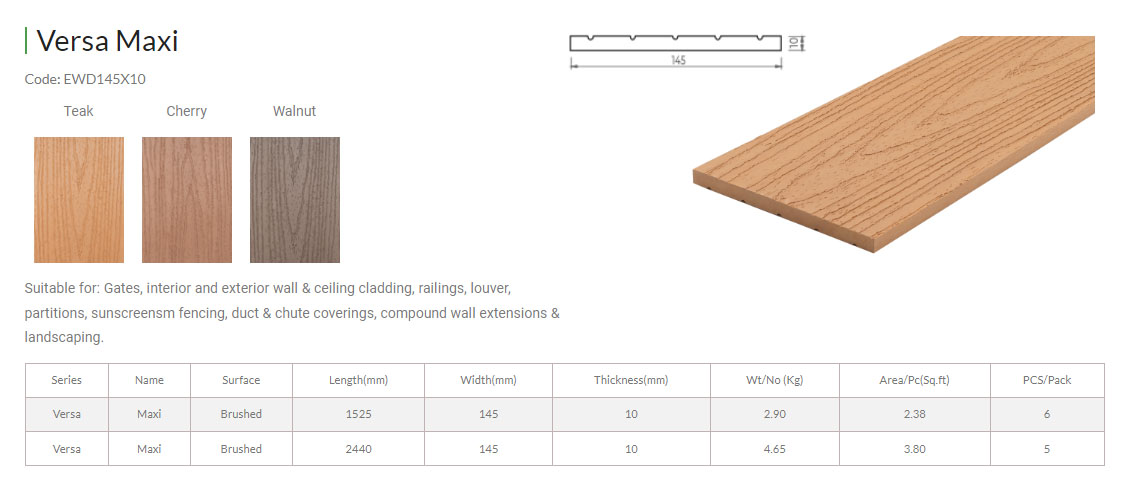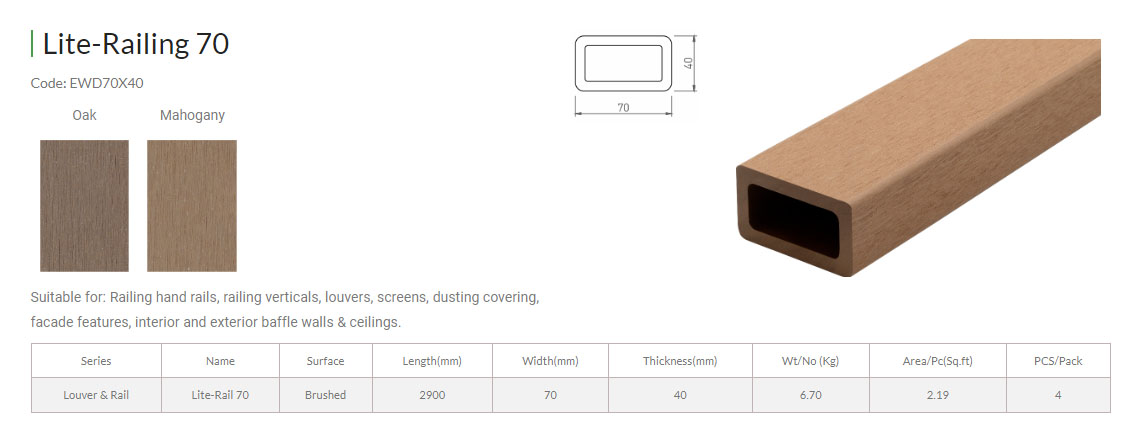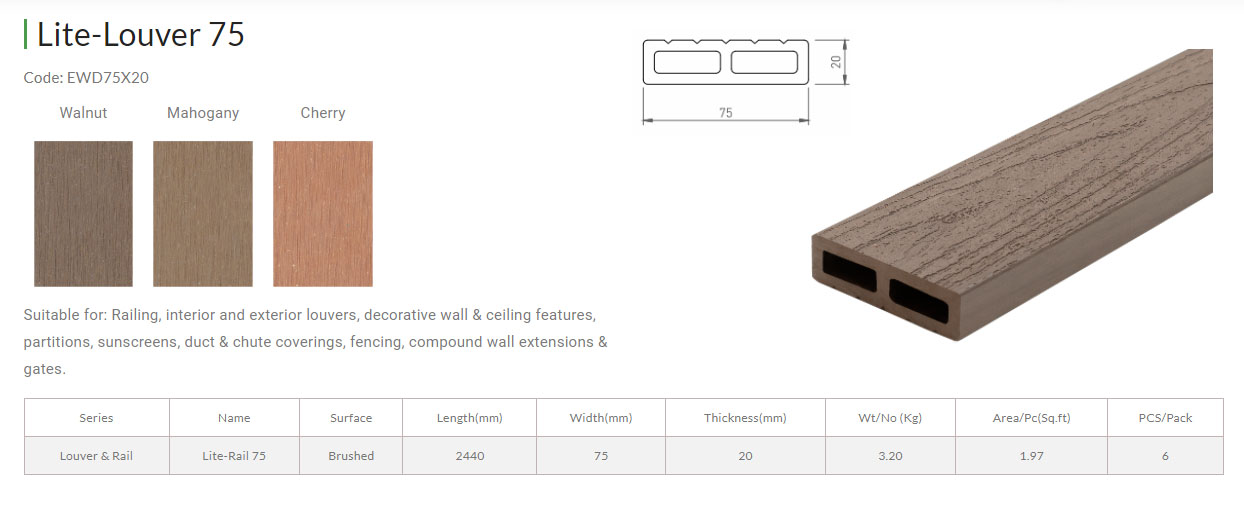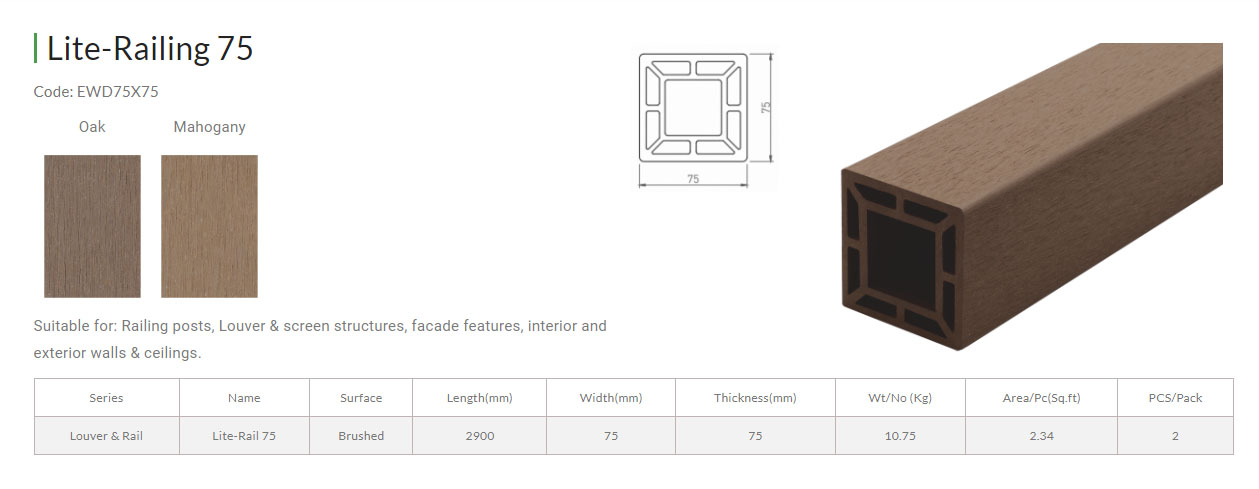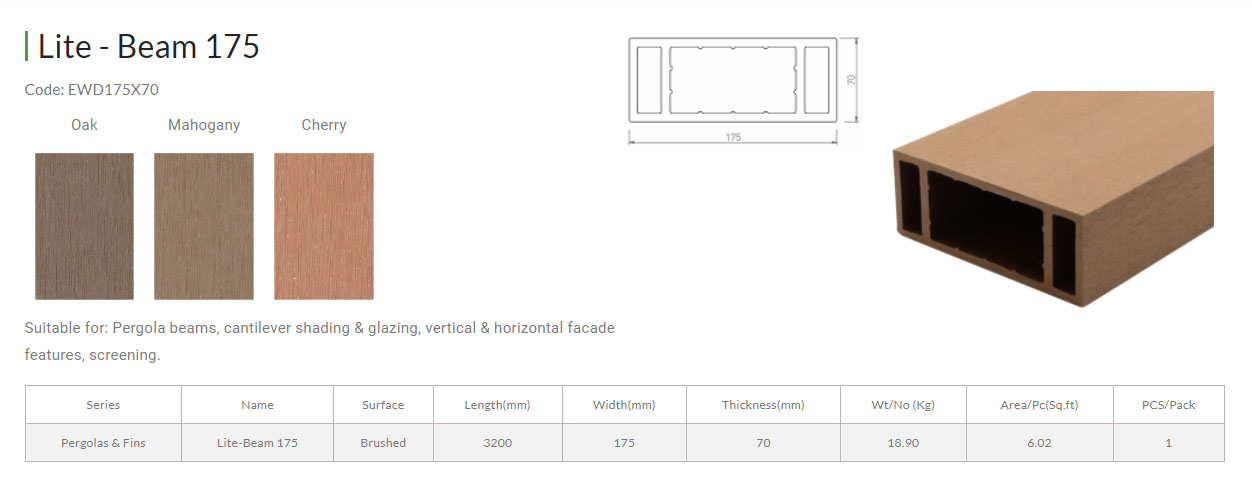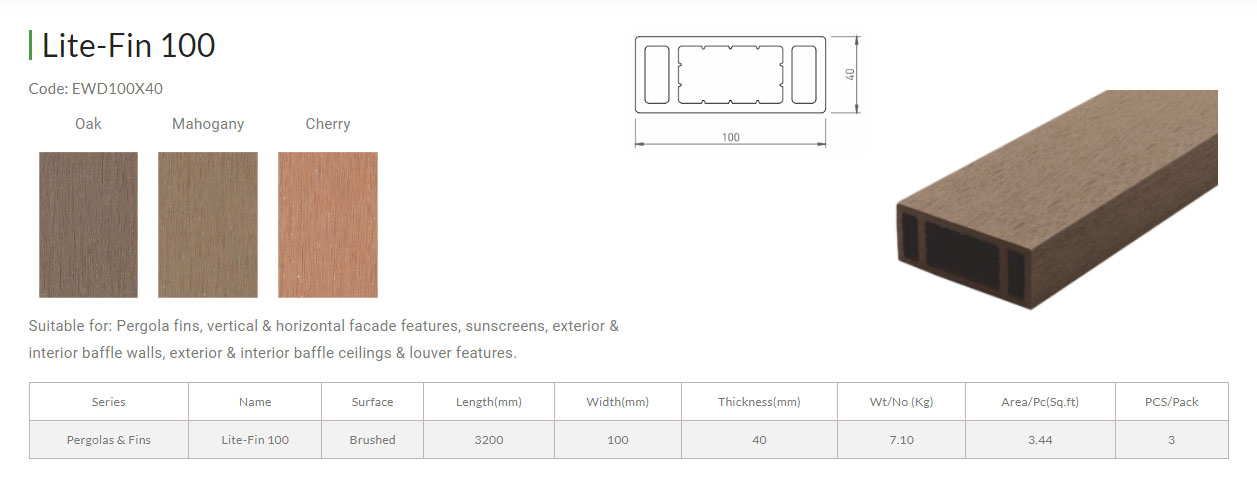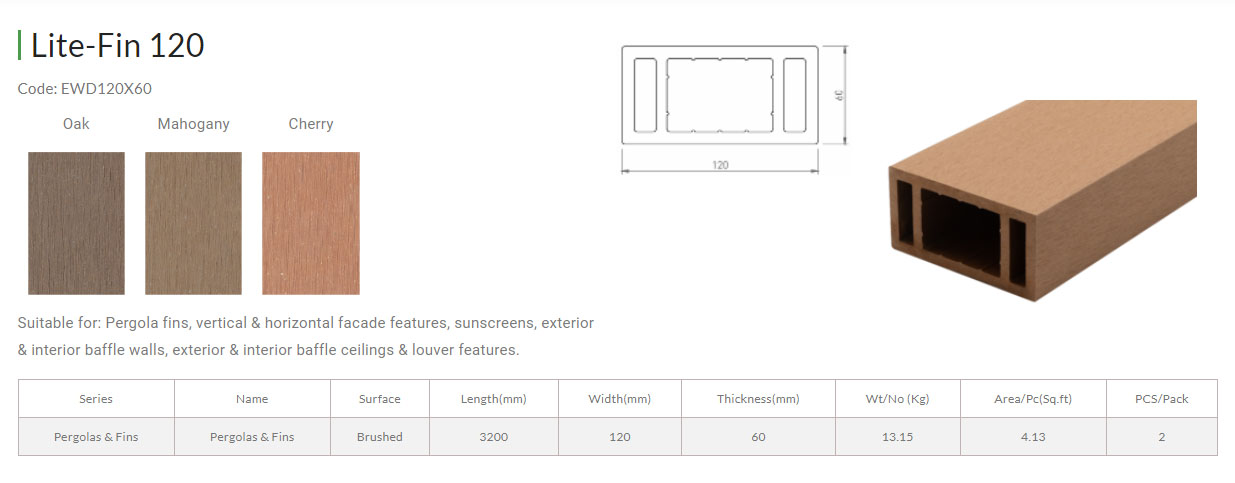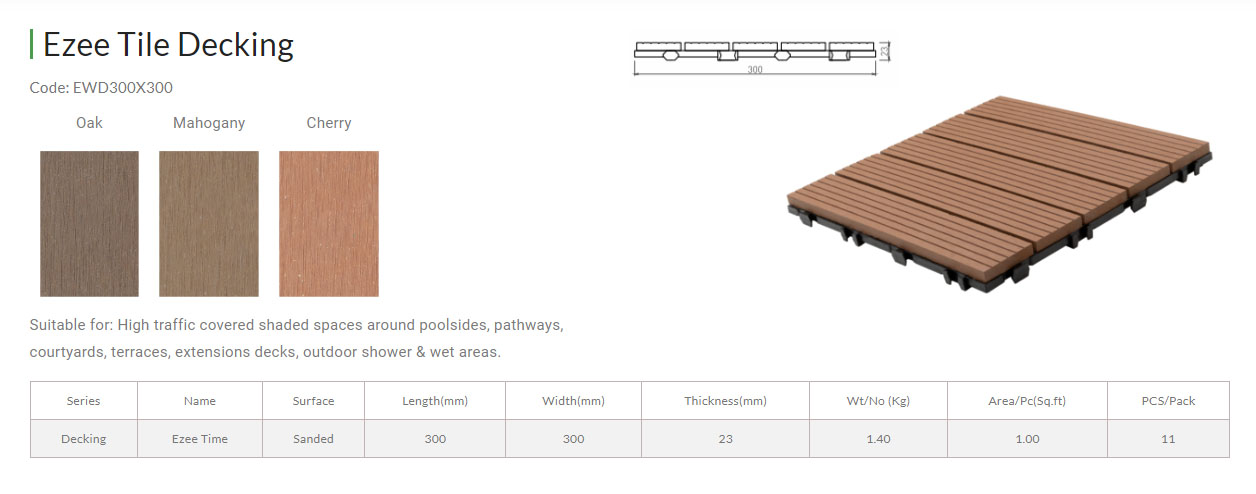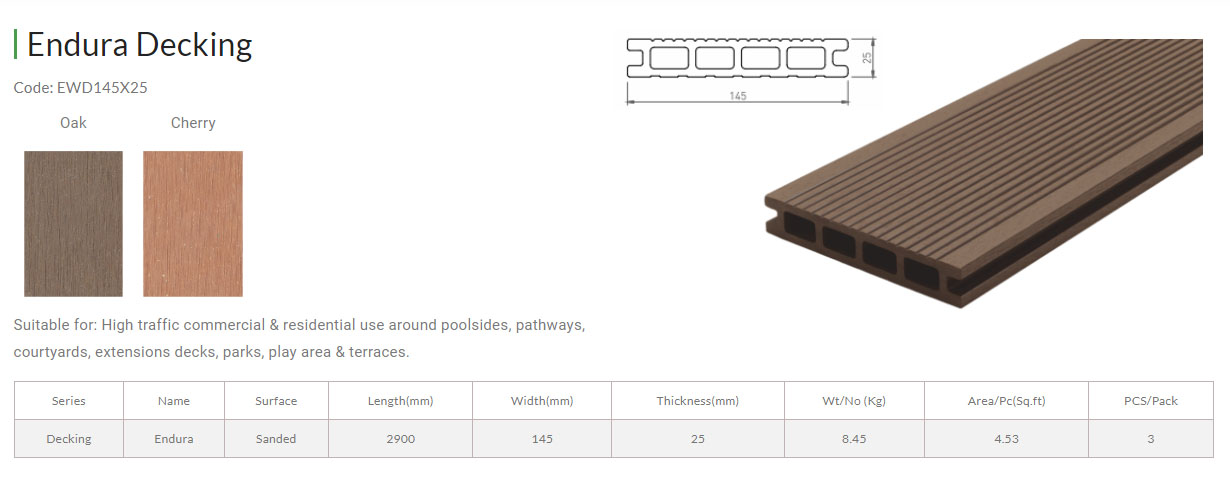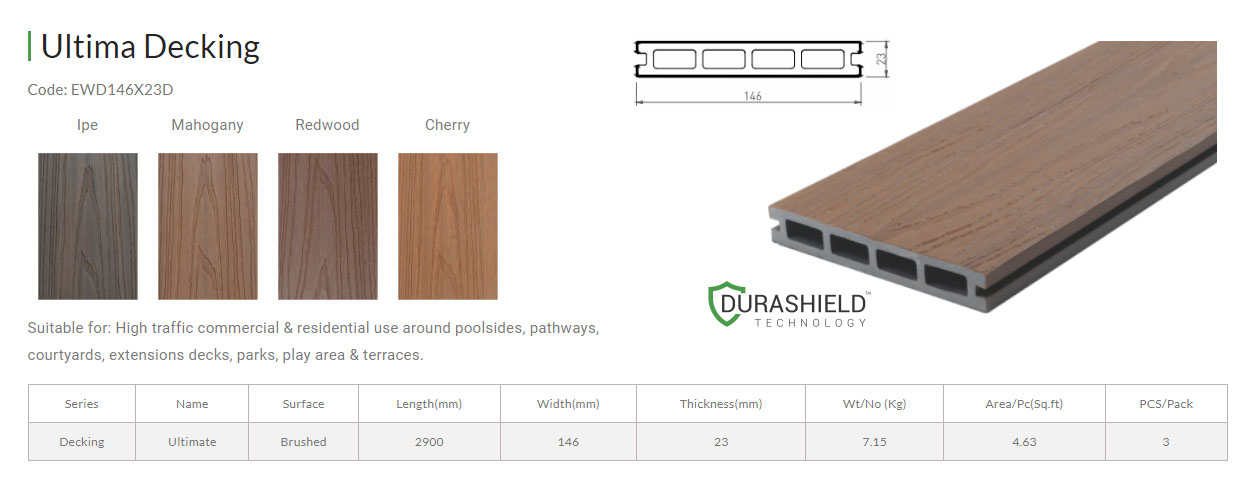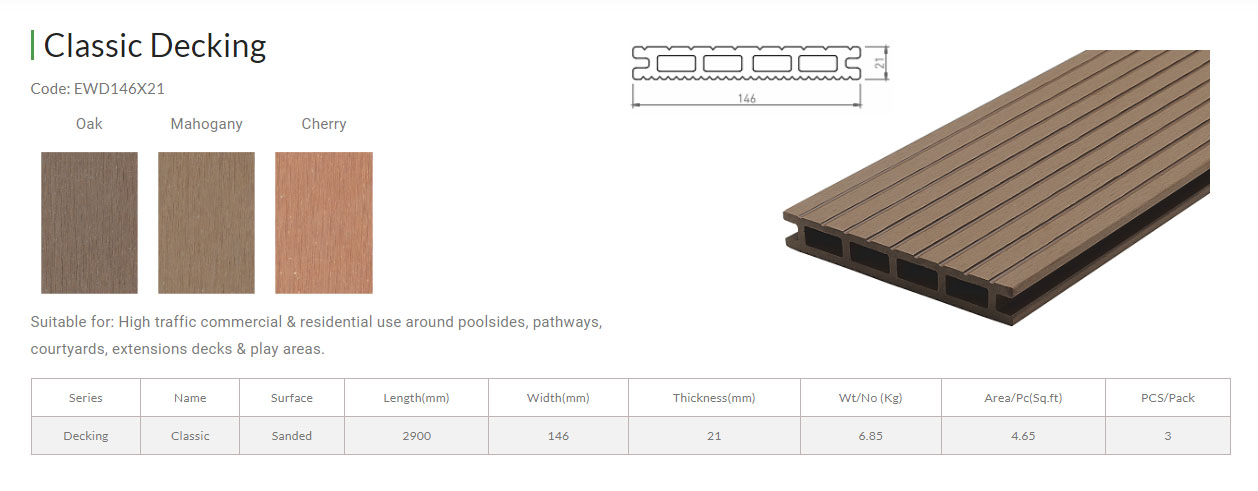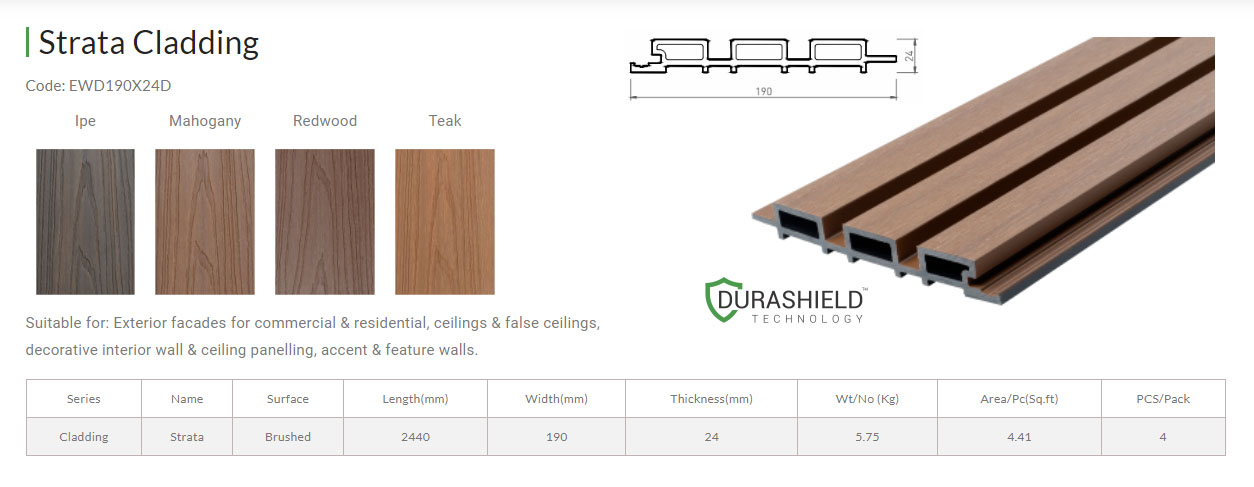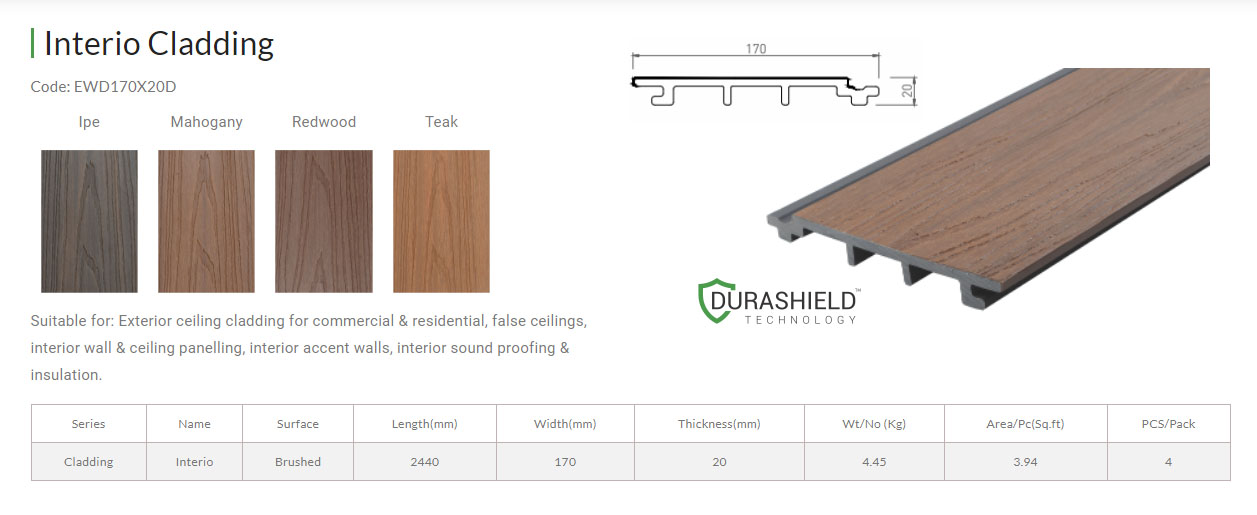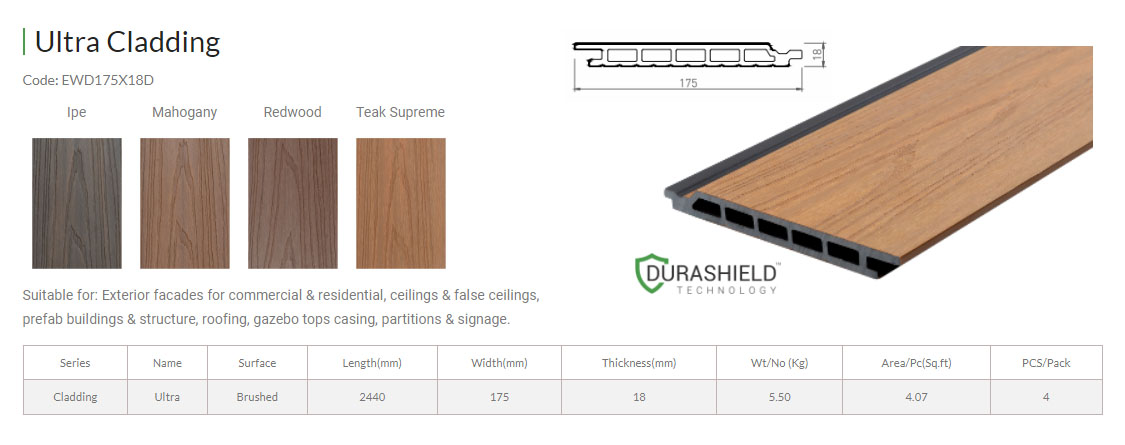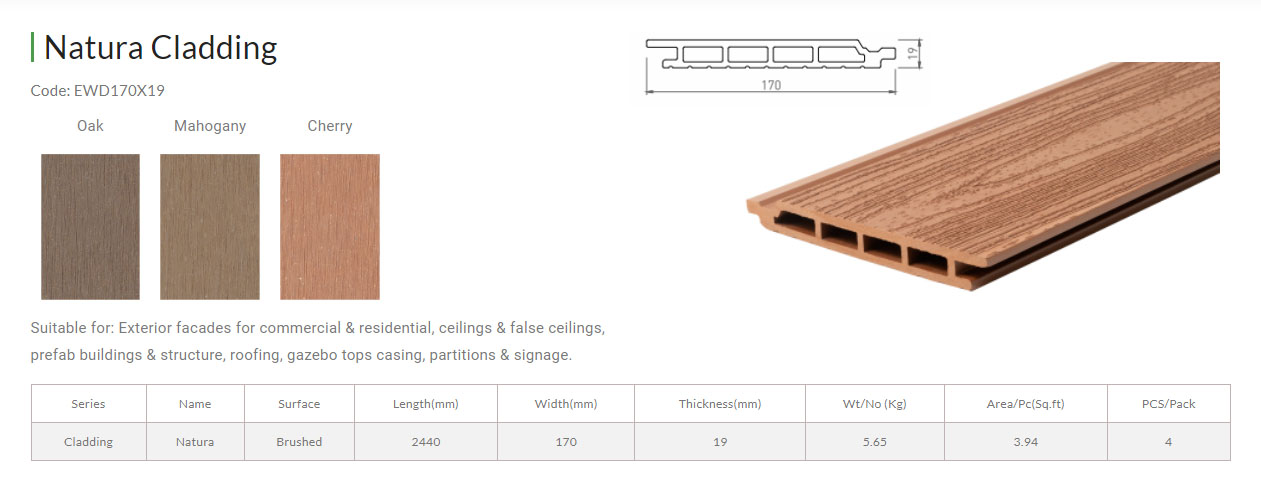Introduction
Louvers are an essential part of modern architecture, providing a stylish and functional way to control light, ventilation, and privacy. Although a variety of materials, such as wood, metal, and plastic, have been used in the construction of conventional louvers, newly emerging innovative designs use WPC (wood–plastic composite) to create even more versatile and sustainable louvers.
WPC Louvers
WPC louvers outmatch traditional wooden or metallic louvers with their remarkable durability, low maintenance, and sustainability. They are highly versatile and can be seamlessly integrated into a variety of architectural applications, including exterior cladding, interior partitions, and sunshades.
Innovative Louver Designs
WPC can be used creatively to develop novel and advanced louver designs. Here are some unique louver designs to enhance the aesthetics and functionality of buildings:
Perforated WPC louvers: If you are looking for a design where both natural light and privacy are desired, perforated louvers are the right choice. They have small holes that allow light to pass through without compromising privacy.
Integrated lighting louvers: You can create dramatic visual effects by combining WPC louvers with integrated LED lighting systems. This innovative approach enhances the aesthetic appeal of the louvers while providing functional lighting solutions for outdoor spaces. You can design the louvers to diffuse light in interesting ways or can illuminate them from behind to create a captivating visual effect.
Smart louvers: Incorporate WPC louvers with smart technologies for dynamic control of sunlight and ventilation. You can program the louvers to adjust automatically based on weather conditions, time of day, or user preferences. The WPC material provides excellent insulation, contributing to energy efficiency in buildings.
Modular louver systems: Modular WPC louver systems allow for flexibility in design and function. You can choose modular systems that can be easily assembled and disassembled. This way it is easy to incorporate different architectural styles and meet changing requirements over time.
Customized texture louvers: For your external facade, you can create louvers with customized textures and patterns. This can include embossed designs, laser-cut patterns, or 3D textures, adding a tactile and visually interesting element.
Acoustic louvers: Integrate WPC louvers with acoustic properties to address noise concerns in urban environments. The composite material can be engineered to absorb or diffuse sound, contributing to a quieter and more comfortable living or working environment.
Multifunctional louvers: Design WPC louvers that serve multiple functions, such as acting as shading devices, rain screens, and privacy screens simultaneously. This approach maximizes the utility of the louvers and enhances the overall efficiency of the building envelope.
Everwood WPC Louver Profiles
Everwood, Chennai, offers a wide range of world-class WPC louver sections that are versatile, lending themselves to creative designs and applications. Everwood WPC railings & louver sections possess outstanding performance characteristics:
- High-quality wood finish
- Durability
- High strength
- Crack propagation resistance
- Excellent UV resistance
They are far more weather-resistant than natural wood or metals and possess a material density much higher than wood but are far lighter than steel in exterior conditions. Whether you want to construct traditional or innovative louver designs, Everwood WPC sections are thus the right choice for your exterior and interior architectural louvers.
Conclusion
By pushing the boundaries with WPC in exterior louver designs, architects can create sustainable, visually appealing, and functional solutions that contribute to the overall aesthetics and performance of architectural projects. The combination of WPC’s durability, versatility, and eco-friendly attributes makes it a compelling choice for innovative louvers in diverse architectural applications.


